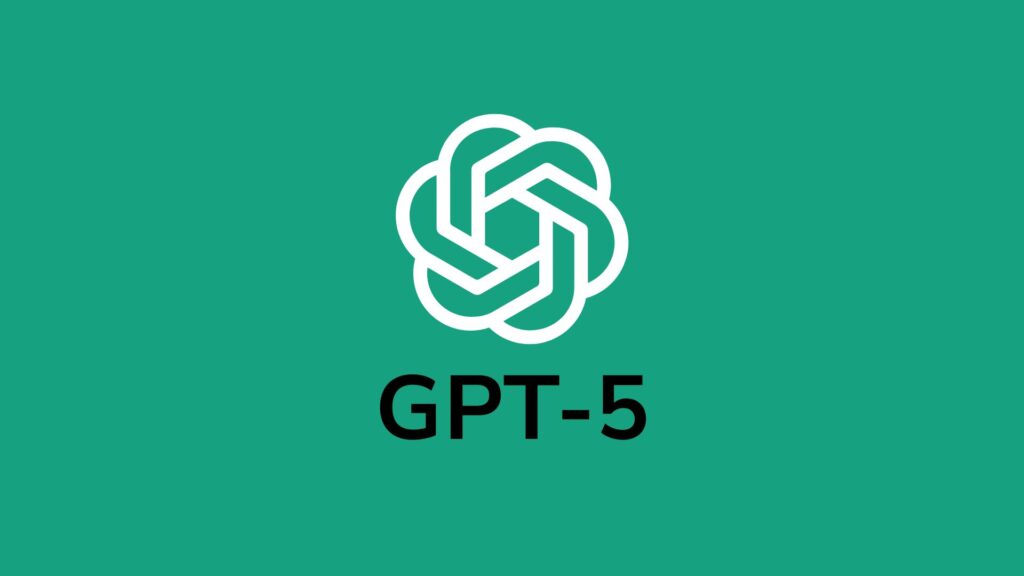GPT-5 impresses in reasoning but stumbles in flawless coding
Developers praise GPT-5’s insights while stressing the need for human oversight.

OpenAI’s newly released GPT-5 draws praise and criticism in equal measure, as developers explore its potential for transforming software engineering.
Launched on 7 August 2025, the model has impressed with its ability to reason through complex problems and assist in long-term project planning. Yet, engineers testing it in practice note that while it can propose elegant solutions, its generated code often contains subtle errors, demanding close human oversight.
Benchmark results showcase GPT-5’s strength. The model scored 74.9% on the SWE-bench Verified test, outperforming predecessors in bug detection and analysis. Integrated into tools such as GitHub Copilot, it has already boosted productivity for large-scale refactoring projects, with some testers praising its conversational guidance.
Despite these gains, developers report mixed outcomes: successful brainstorming and planning, but inconsistent when producing flawless, runnable code.
The rollout also includes GPT-5 Mini, a faster version for everyday use in platforms like Visual Studio Code. Early users highlight its speed but point out that effective prompting remains essential, as the model’s re-architected interaction style differs from GPT-4.
Critics argue it still trails rivals such as Anthropic’s Claude 4 Sonnet in error-free generation, even as it shows marked improvements in scientific and analytical coding tasks.
Experts suggest GPT-5 will redefine developer roles rather than replace them, shifting focus toward oversight and validation. By acting as a partner in ideation and review, the model may reduce repetitive coding tasks while elevating strategic engineering work.
For now, OpenAI’s most advanced system sets a high bar for intelligent assistance but remains a tool that depends on skilled humans to achieve reliable outcomes.
Would you like to learn more about AI, tech and digital diplomacy? If so, ask our Diplo chatbot!
